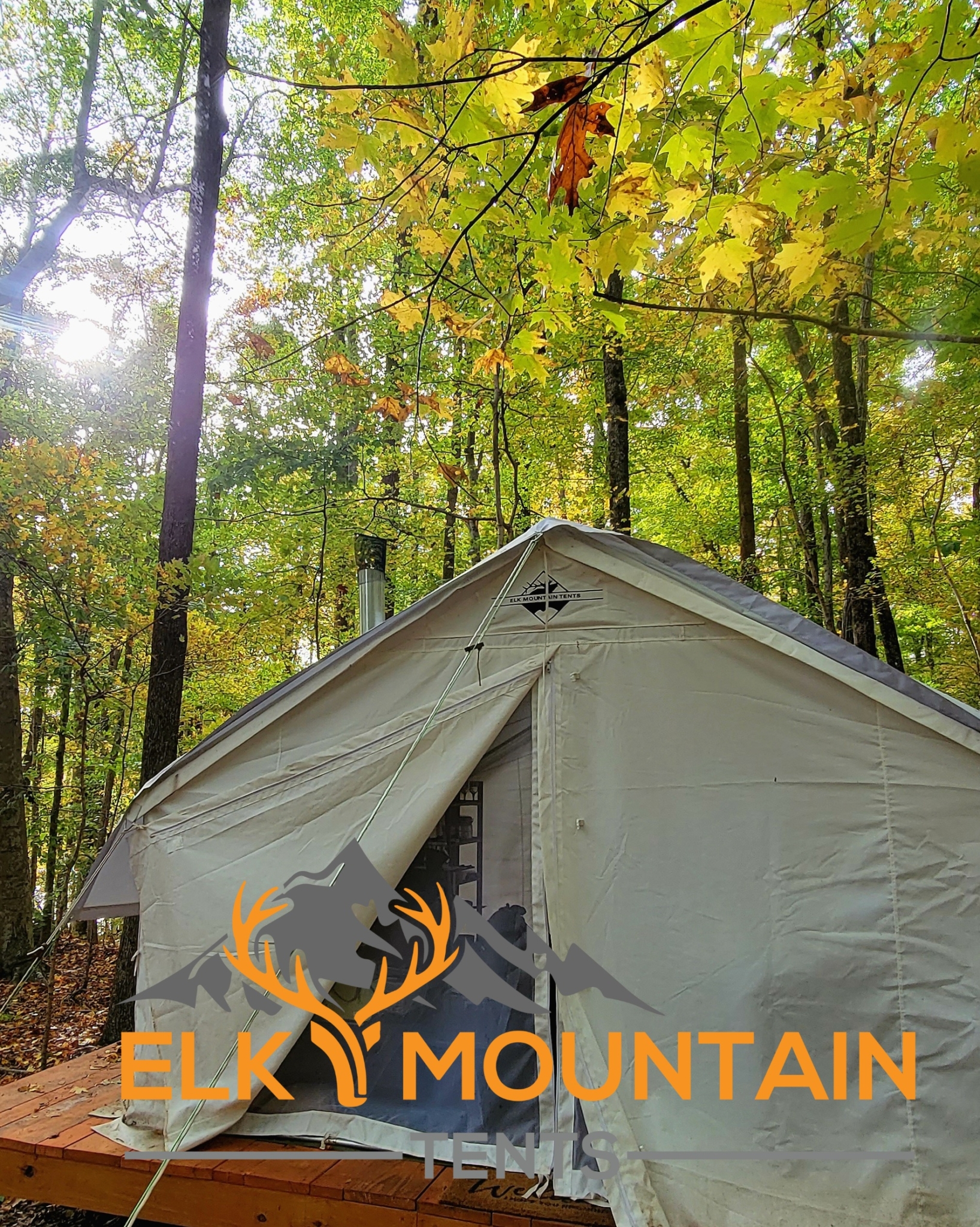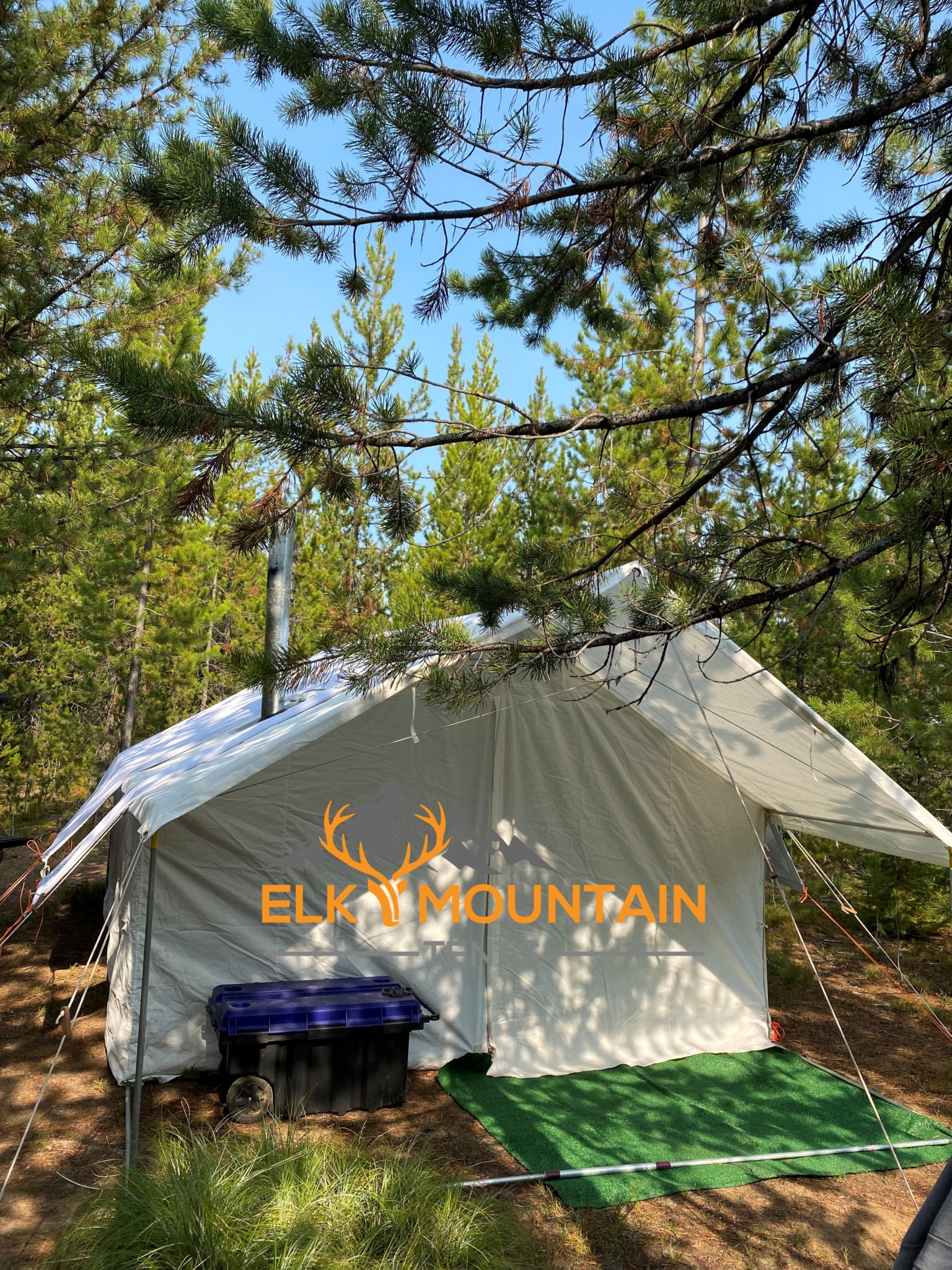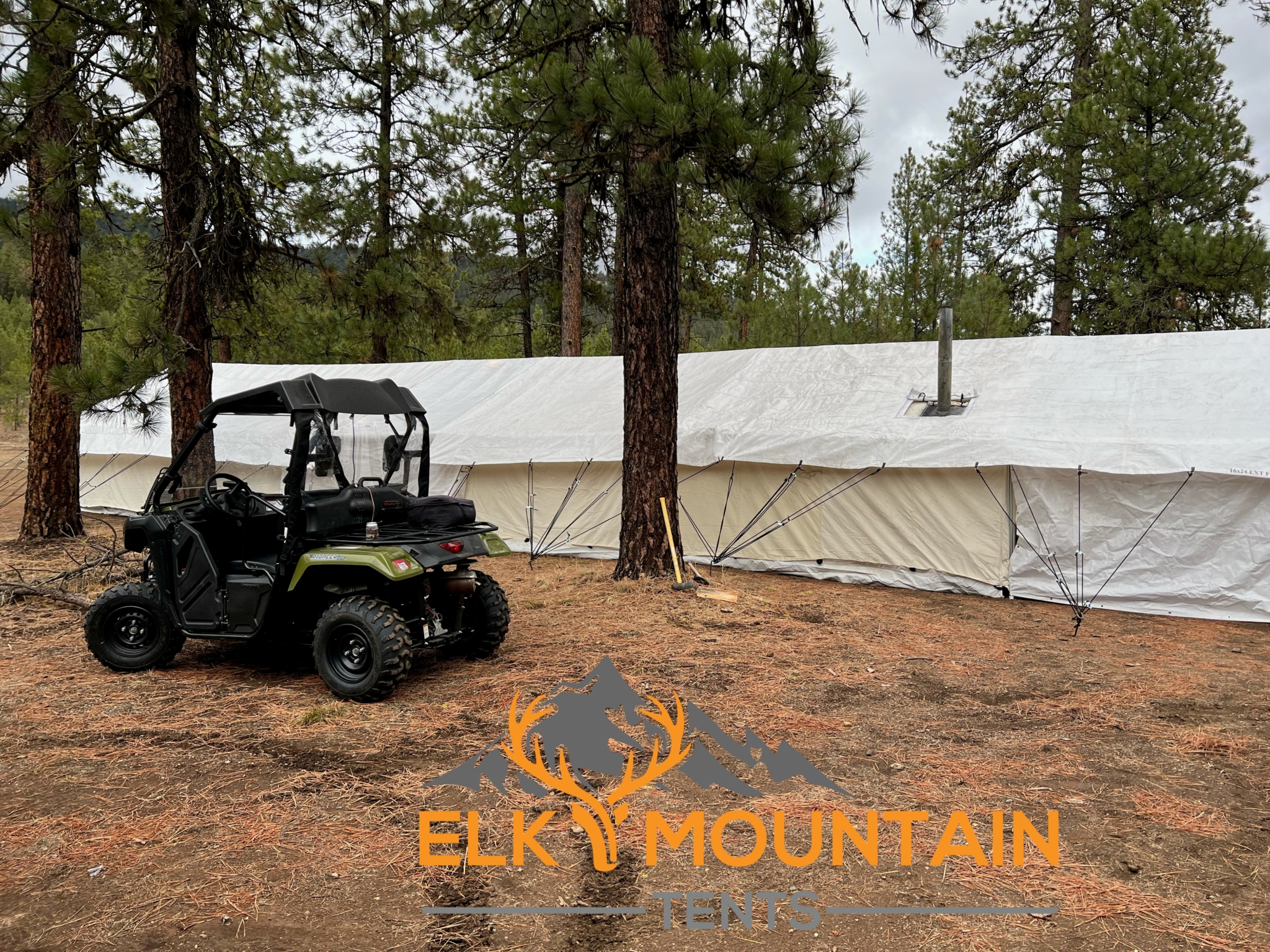 What You Need to Know Before Buying a Sleeping Pad
What You Need to Know Before Buying a Sleeping Pad
Possibly the most important thing to look at in a sleeping pad is its insulation and warmth. During the night, the ground gets very cold and takes away your body heat, which is why your pad needs proper insulation to keep you warm throughout the night. To find out how well-insulated a pad is (and therefore how warm it will keep you), you need to look at its R-value. Its R-value is a measurement of its insulation, so the higher the R-value, the warmer the pad will keep you. This number ranges from lower than 2 (not great insulation) to 5.5 or higher (excellent insulation). The scale is designed to be easy to follow; for example, a sleeping pad with an R-value of 2 has double the warmth of one with an R-value of 1, etc. Additionally, stacking sleeping pads on top of one another can help you to have a much higher R-value. To figure this out, all you need to do is add the R-values together. An air pad on top of a closed-cell foam pad is an excellent way to add R-value (and increase insulation) while protecting the air pad from puncturing or tearing on the ground. As of 2020, there is even an R-value standard across all sleeping pad brands, using a single-test method, so you can compare the R-values of different pads across various brands without having to use any type of conversion equation.
Another aspect of a good night’s sleep while camping is your “sleep system.” This is how you figure out what your overall warmth and comfort level will be considering your sleeping pad, your sleeping bag, and the clothes you will be wearing. All of these work together to help you stay warm. Sleeping bags, like pads, do have a standard temperature rating, but it is based around someone wearing socks, long underwear, and using a sleeping pad rated at 5.5 R-value. This is done for consistency across all different sleeping bags, allowing for a more accurate measurement. This means that if you are sleeping with different clothes on and with a sleeping pad that isn’t as well insulated, your sleeping bag won’t necessarily perform at its full temperature rating.

REI Co-Op’s Magnusson Lab has researched to figure out what the ideal sleeping pad and bag combination would be depending on what the temperature outside will be during the night. If the nighttime low is 50 degrees (Fahrenheit) or higher, you should be pretty comfortable with a sleeping pad with an R-value of 2 or lower and a sleeping pad temperature rating of 30 degrees or lower. If the nighttime low is 32 degrees, you will probably want a pad with an R-value of 2-3.9 and a bag rated at 20 degrees. With a nighttime low of 20 degrees, you would be most comfortable with a pad rated at 4-5.4 and a bag rated at 15 degrees. When you are winter camping in extreme cold, such as with an outside temperature of 0 degrees or lower, you want to be as warm as possible. If you can, invest in a 5.5 or higher R-value sleeping pad, and a sleeping bag rated at 0 degrees or lower. Some people do sleep warmer or colder than others, so if you tend to be a warm sleeper, trust the “lower limit” rating, and if you are a cold sleeper, rely on the “comfort” rating.
Another thing to consider when buying a sleeping pad is its weight, especially if you are hiking or backpacking and want to minimize the amount of weight you are carrying. There are plenty of ultralight pads that are perfect for backpacking, but they are typically more expensive as well. Sleeping pads with a tapered (or mummy) shape usually packs smaller and more compact by reducing size where appropriate. Shorter length closed-cell foam pads are also much lighter than many other sleeping pads. If you are sharing a tent with someone, you will find that investing in a two-person sleeping pad (rather than two regular-sized) can save you a lot of weight and space.
On a similar note, you should also consider the length of the pad you want to get. To sleep comfortably, you should at least be able to fit your shoulders and hips on the surface of the pad to be comfortable. Regular sleeping pads are 72 inches and should be long enough to provide your legs and feet with insulation, though if you are a taller person you may choose to invest in a long sleeping pad, which is usually 78 inches long. Shorter sleeping pads are typically around 48 inches long, and they are much lighter and more compact, so they could be a good option for hiking or backpacking. To keep your legs and feet insulated while sleeping on one of these, you could put clothes or a backpack underneath them. As far as width goes, most sleeping pads have a width of 20 inches. If you feel that you need or would like more than that to be comfortable, there are larger options, usually about 25-30 inches wide (Make sure you know how many sleeping pads you can fit in your tent if you do get wider sized ones though). If you tend to roll around, you could get a wider sleeping pad, though there are also some sleeping pad options with side rails that will help keep you on your pad during the night.

Make Sure to Purchase a Good Quality Sleeping Pad For Your Next Camping Trip
There is a variety as to how inflatable sleeping pads take in and let out the air. Most air pads have a simple valve to inflate and deflate the pad, but some have two (one for inflation and one for deflation), which allows you to set up or put away your pad more quickly and easily. Some newer sleeping pad models have a larger opening designed to inflate faster while not requiring as many breaths. There are even pads in which different layers inflate separately, so you can still have enough cushioning to sleep comfortably in case one layer is punctured.
If you move around a lot in your sleep, you may want to find a sleeping pad with a textured surface. These are designed to help keep you from sliding off your pad while you are trying to sleep. Some sleeping pads, particularly air pads, can also make a lot of noise when you move around, but a textured surface can potentially help you avoid those problems as well. Another way to keep from sliding off a sleeping pad is by putting a pad sleeve over it. Pad sleeves are included with some sleeping bags, so if your sleeping pad has one, be sure to look at the width of it before buying a pad, and then you can put it to good use.
A convenient thing to have with you if you don’t want to expend your breath setting up your sleeping pad is a hand pump. Some pads come with a pump attached, though you can also find some separate lightweight bag-style hand pumps that are quite compact (especially since you can roll them up) and therefore excellent for backpacking.

Many pads come with a patch kit, but if yours doesn’t you should be able to find one you can purchase separately. This is great to have for air pads and self-inflating pads in case it gets punctured. While having a patch kit is always a great idea, it is especially worthwhile to have one with you when backpacking, as punctures can happen more often when you are always carrying your pad around. Prep yourself before heading out on your trip and make sure you know how to use the patch kit, especially in case you need to repair your pad in the middle of the night.
Now you should be ready to get on out to your adventure in the great outdoors! It’s important to be knowledgeable and informed about all aspects of camping, especially when it comes to your precious sleep, to be able to have an enjoyable experience. Hopefully, now you have a better grasp of just what you are looking for in your sleeping pad to help you have the perfect camping trip!
Sources:
https://www.rei.com/learn/expert-advice/sleeping-pads.html


 What You Need to Know Before Buying a Sleeping Pad
What You Need to Know Before Buying a Sleeping Pad

